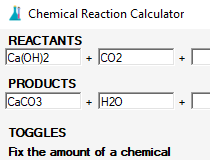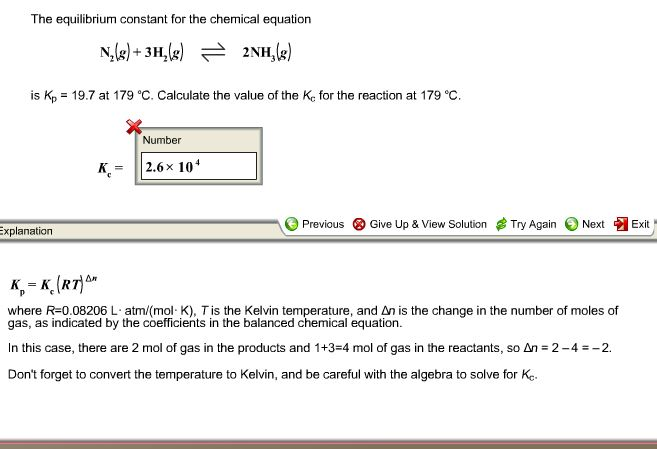


If this were the case, the reaction would be quite spectacular: an aluminum atom would appear out of nowhere, and two (2) iron atoms and one (1) oxygen atom would magically disappear.

Since no coefficients are in front of any of the terms, it is easy to assume that one (1) mole of Al and one (1) mole of Fe 30 4 react to form one (1) mole of Al 20 3. This is the case when the equations are not properly balanced. Balancing Chemical EquationsSometimes, however, we have to do some work before using the coefficients of the terms to represent the relative number of molecules of each compound. So, 40grams of calcium makes one mole, 80 grams makes two moles, etc. The atomic or molecularweight of a substance in grams makes up one mole of the substance.For example, calcium has an atomic weight of 40 grams. Thus, you have the same number of moles of AgNO 3, NaCl, AgCl, NaNO 3.Ĭonverting between moles and grams of a substance is often important.This conversion can be easily done when the atomic and/or molecularweights of the substance(s) are known. In the equation above there are no numbers in front of the terms, so each coefficient is assumed to be one (1). Similarily, if you have a mole of carrots, you have 6.023 x 10 23 carrots. If you have a dozen carrots, you have twelve of them. A mole is similar to a term like a dozen. A mole simply represents Avogadro's number (6.023 x 10 23) of molecules. The MoleGiven the equation above, we can tell the number of moles of reactants and products. The graphic below works to capture most of the concepts described above: For example, in the graphic below, the notation above and below the arrows shows that we need a chemical Fe 2O 3, a temperature of 1000 degrees C, and a pressure of 500 atmospheres for this reaction to occur. This information, such as a value for temperature, show what conditions need to be present for a reaction to occur. On some occasions, a variety of information will be written above or below the arrows. If no coefficient is shown, a one (1) is assumed. This amount can represent either the relative number of molecules, or the relative number of moles (described below). Finally, the (g) sign means that the compound is a gas.Ĭoefficients are used in all chemical equations to show the relative amounts of each substance present. The (aq) sign stands for aqueous in water and means the compound is dissolved in water. The (l) sign means the substance is a liquid. The (s) sign means that the compound is a solid. Often chemical equations are written showing the state that each substance is in. Since they undergo a chemical process, they are changed fundamentally. The equation shows that the reactants (AgNO 3 and NaCl) react through some process (->) to form the products (AgCl and NaNO 3). In this equation, AgNO 3 is mixed with NaCl. For example:ĪgNO 3(aq) + NaCl(aq) -> AgCl (s) + NaNO 3(aq) You will have a chance to review naming schemes, or nomenclature, in a later reading.Ī chemical equation is an expression of a chemical process. We call chlorine "chloride" in this case because of its connection to sodium. To represent a molecule of table salt, sodium chloride, we would use the notation "NaCl", where "Na" represents sodium and "Cl" represents chlorine. For example, the symbol "C"represents an atom of carbon, and "H" represents an atom of hydrogen. Successin chemistry depends upon developing a strong familiarity with these basic symbols. What is a chemical equation?In chemistry, we use symbols to represent the various chemicals. Given enough information, one can use stoichiometry to calculate masses, moles, and percents within a chemical equation. That's it! the reaction is now properly balanced 😀.Chemical StoichiometryStoichiometry is the accounting, or math, behind chemistry. Mass of Reactants = Mass of Products \small \text+ 19\text O_2 \longrightarrow 12\text C\text O_2 + 14\text H_2\text O 2 C 6 H 14 + 19 O 2 ⟶ 12 C O 2 + 14 H 2 O With this in mind, when balancing chemical reactions, the goal is to equilibrate the masses of reactants and products of the equation: That means that the total mass of reactants and products is the same before and after the reaction. According to Lavoisier's law of conservation of mass, the total mass of a chemical reaction system doesn't change.


 0 kommentar(er)
0 kommentar(er)
